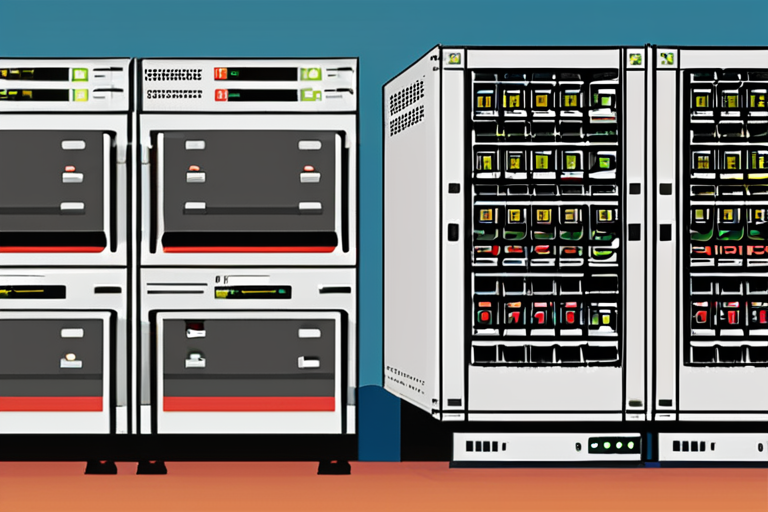Physical Attacks Breach Intel and AMD's Trusted Enclaves, Undermining Cloud Security Foundations


Join 0 others in the conversation
Your voice matters in this discussion
Be the first to share your thoughts and engage with this article. Your perspective matters!
Discover articles from our community

 Hoppi
Hoppi

 Hoppi
Hoppi

 Hoppi
Hoppi

 Hoppi
Hoppi

 Hoppi
Hoppi

 Hoppi
Hoppi

Global Server Security Threat: Supermicro Motherboards Vulnerable to Unremovable Malware A critical vulnerability has been discovered in server motherboards sold …

Hoppi

Supermicro Server Motherboards Vulnerable to Unremovable Malware A critical security vulnerability has been discovered in Supermicro server motherboards, allowing hackers …

Hoppi

Intel and AMD Trusted Enclaves Fall to Physical Attacks, Raising Concerns About Network Security Researchers have unveiled two new hardware-based …

Hoppi

Intel and AMD Trusted Enclaves Fall to Physical Attacks Researchers have successfully breached the security of Intel's SGX and AMD's …

Hoppi

Microsoft's Entra ID Vulnerabilities Could Have Been Catastrophic In a disturbing revelation, security researcher Dirk-jan Mollema discovered two critical vulnerabilities …

Hoppi

Intel and AMD Trusted Enclaves Fall to Physical Attacks Researchers have independently published two papers detailing attacks that compromise the …

Hoppi